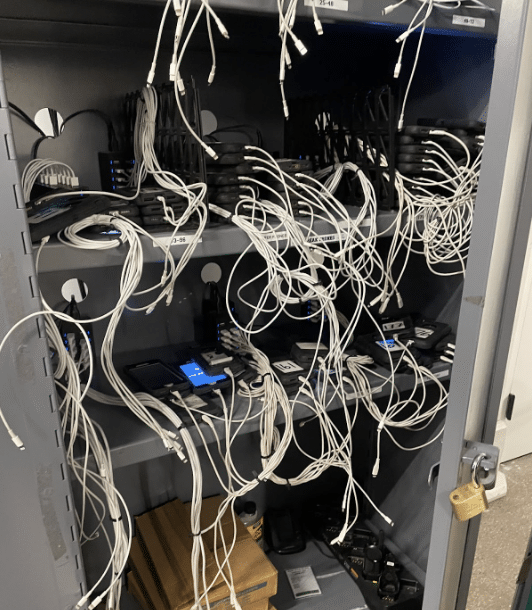How Device Management is Improving Supply Chain Bottlenecks

Written by Khalid Alzubi
For years, the global supply chain has served as the nexus from which our commercial world operates. Throughout 2019 alone, the U.S. transportation system moved an average of more than $54 billion worth of freight daily. With the rapid innovation around supply chain logistics and automation, consumers have become accustomed to a degree of ease in their shopping habits, giving more importance to the supply chain’s efficiency.
This year in particular, supply chains are under increased strain for a number of different reasons. The soaring demand from consumers coming out of the pandemic, the elevated costs associated with moving freight, and, of course, shortages of supply, have all played significant roles in hindering the supply chain’s ability to meet the rising demands of e-commerce and other on-demand services.
With this strain, there’s been an added emphasis placed on the employee devices and scanners used to effectively manage the inventory being pushed through the supply chain’s channels. From warehouses and distribution centers (DCs) all the way to last-mile delivery, these devices are being heavily relied on to efficiently keep goods moving to the consumer. So much so, that the mobile device management industry is expected to be worth $18.3 billion by 2028. Driven by the increasing adoption of automation and the need for real-time inventory management in warehouses and distribution centers, this market growth does not show any signs of slowing down.

However, even with such a strong reliance on these devices, the management of these scanners remains a huge inefficiency across all stages in the supply chain. A study published by PeopleVox showed that 34% of businesses ship late due to poor inventory management and selling products which are not actually in stock. That poor track record is a result of the assets used to accurately manage inventory going missing or being broken. Even while 49% of managers plan to increase their investment in their cordless scanners, there is still a clear lack of organization to protect those investments. Due to this mismanagement, the devices designed to streamline operations are actually playing a significant role in the supply chain bottlenecks.
Finding a solution to combat the disorganized management of these devices is no longer a luxury, it has become an essential part in keeping up with the demand of consumers in an increasingly digital world. In a recent case study, ARC’s device management solution was able to create a 97% reduction in time spent on routine device oversight for a warehouse client. On top of that, the easy-to-use check-in/out process saved that client a combined 47 minutes daily. These daily boosts in efficiency can add up very quickly when dealing with the delicate time frames around shipping freight. On top of that, the improved real-time visibility gained from fully-operational devices can help managers identify and resolve operational bottlenecks quicker.

Enterprise’s mobile devices and scanners are some of the most essential tools for managing the various interconnected stages of the supply chain. They help to improve operational efficiency, enabling companies to provide better service to their customers and maintain a competitive edge in the market. Protecting these tools and the investment in them is imperative as it relates to a smooth operation and streamlined supply chain.
For more information about how ARC is helping enterprises take control of their devices and operate more efficiently within the supply chain, visit ExperienceARC.com or email us at Inquiries@Chargeitspot.com.






